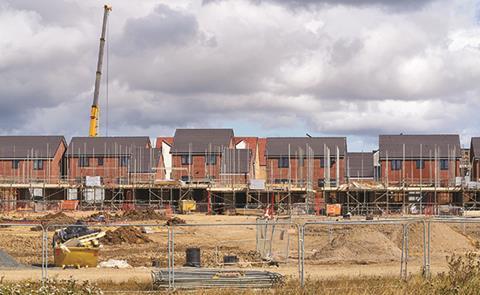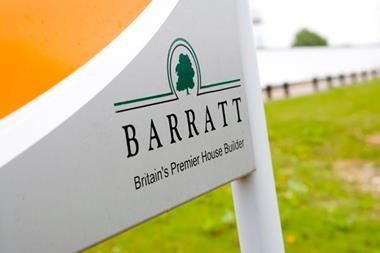A lot has changed in the six years since the publication of the first NPPF. London’s housing crisis of availability, affordability and quality has become more acute and is increasingly being experienced in other major UK cities.

G15 housing associations were therefore pleased to see what seems to be a renewed focus on affordability in the new NPPF. We also welcomed the emphasis on ensuring good design standards and the push to increase the pace and scale of delivery.
Whether it’s through encouraging councils to partner in estate regeneration, a call for minimum densities, or redeveloping under-used spaces such as car parks and other brownfield sites close to transport links, we must balance this with a focus on delivering homes local people can afford.
Having social rent return to the definition of affordable housing is very welcome – it’s a vital part of the mix of affordable housing types that London needs. G15 members want to build more social rented homes, but to make that a reality it must be properly recognised in policy.
We also support adjustments to green belt protections, which will allow us to deliver affordable housing on appropriate brownfield sites in the green belt. But we can go further on this – as suggested by Centre for Cities, and backed by politicians of all persuasions and many others across the sector.

The new NPPF is just one part of the jigsaw of fixing the affordability crisis. Another crucial part of the puzzle is the long-awaited Social Housing Green Paper.
We stress to the government the need to promote greater delivery of genuinely affordable homes, and to tackle the stigmatisation of social housing tenants and give them a louder voice.
Ultimately, some of this can only happen if there is a commitment to better funding for affordable housing. Planning alone won’t solve the funding gap that housing associations deal with every day.
Our members have the ambition and capacity to double output and invest over £60bn to build 180,000 homes over the next five years. If we were able to use government grants more flexibly and creatively, we could do even more to achieve the step-change needed.






























No comments yet